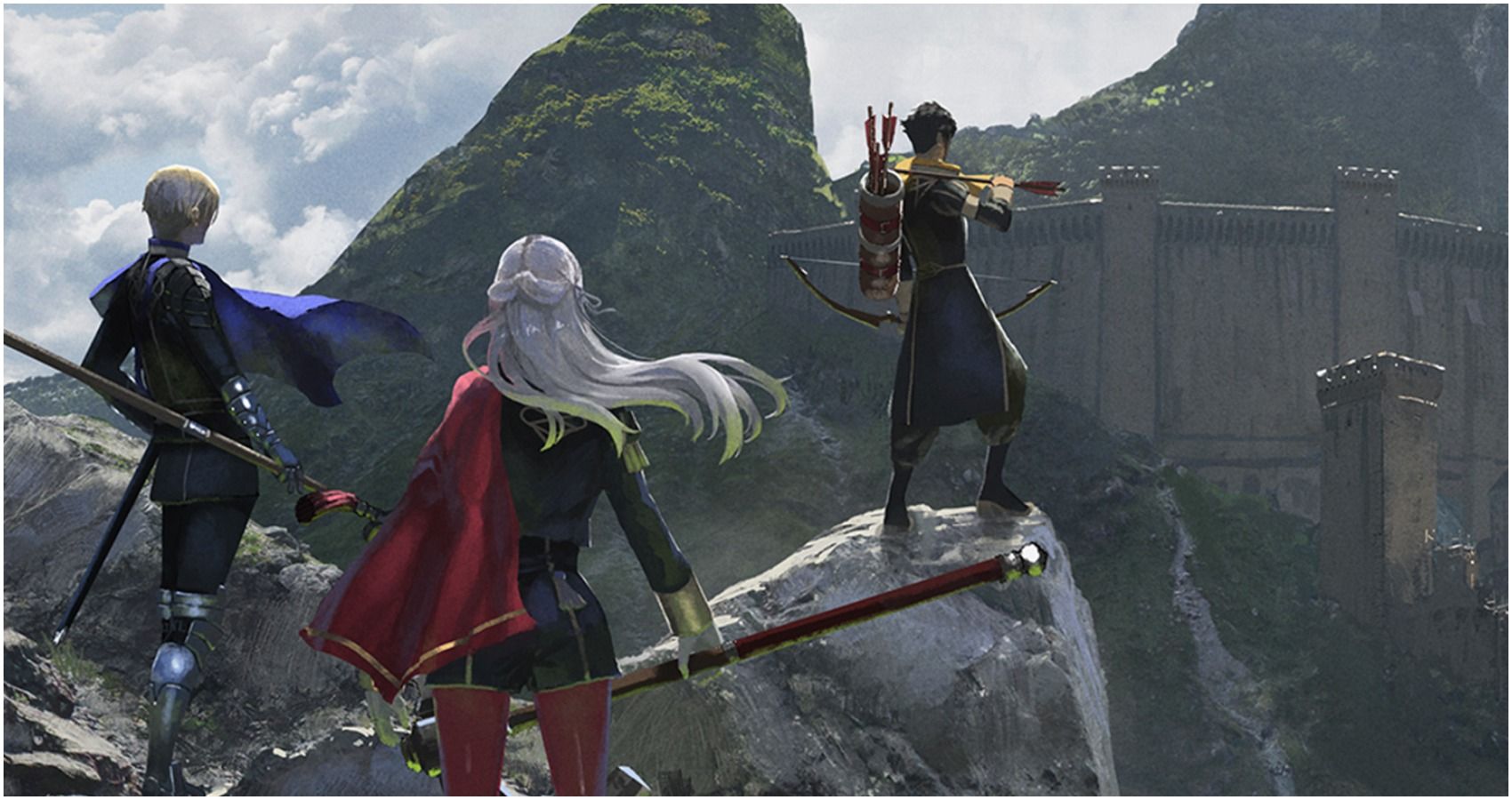Fire Emblem: Three Houses is the latest entry in the established Fire Emblem series. Back in 2015, Nintendo allowed players to choose the path their game would take by introducing different paths in Fire Emblem Fates. Each path had different units, slightly different story paths, and other surface level differences between them. In Fire Emblem: Three Houses, Nintendo took that idea to the next level.
With each of the three houses in the latest title, players experience vastly different story lines, side quests, characters, and choices overall. The replay value on Fire Emblem: Three Houses is very high because of all the different routes available and the variance between houses.
Choices
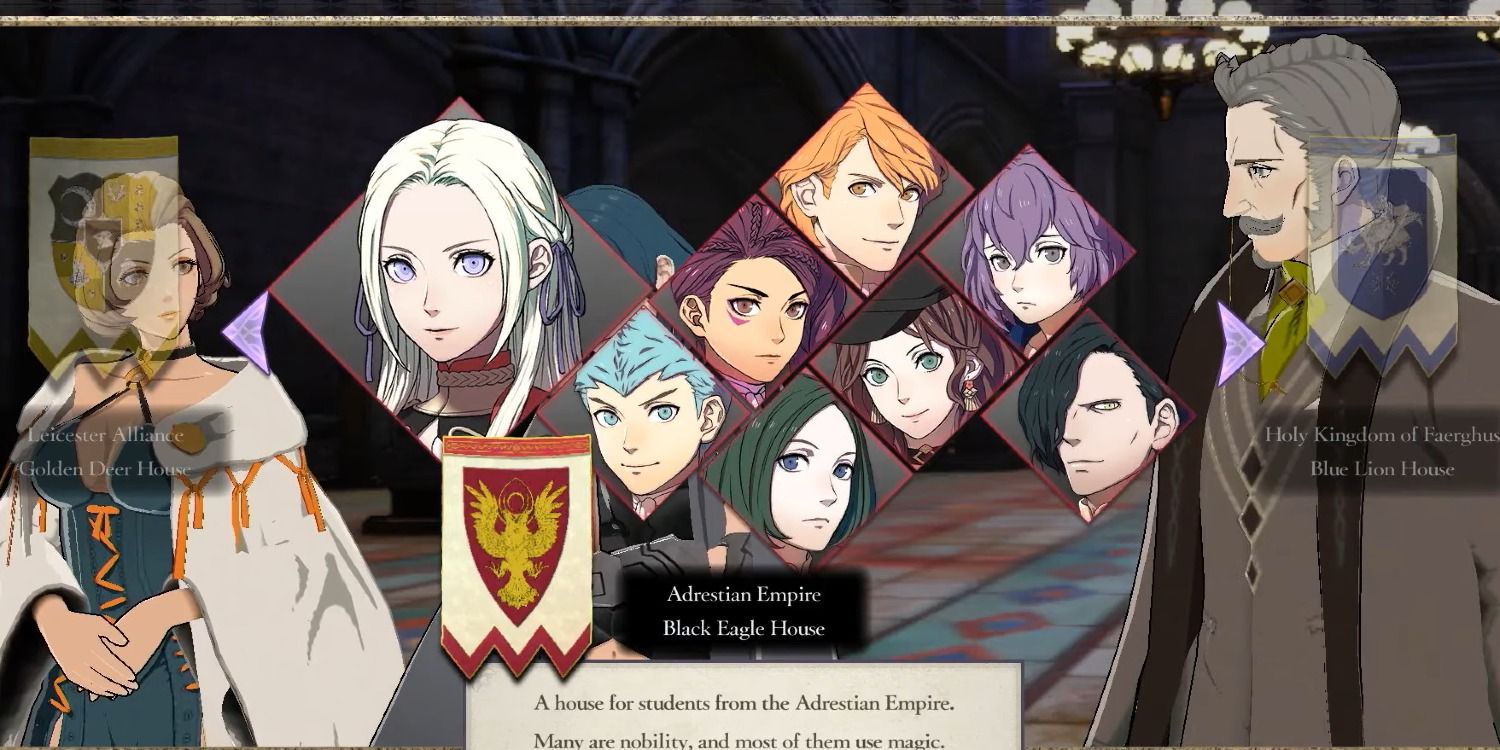
The biggest hurdle newcomers struggle with overcoming is the main choice at the beginning of the game to pick a house. Once the player has selected a house, they can't go back and change it without reloading a save file or starting over. Having confidence in what path to take is difficult since this decision takes place in the very first chapter.
Before forcing the decision on you, the game allows you to spend some time with each house to get to know the characters and what they stand for. Pay close attention to what everyone is saying and imagine how those ideals could lead to conflict in the future. As a player, it's important to agree with the supporting cast while heading into war. Without that, it may take the enjoyment out of the game for some players.
The User Interface
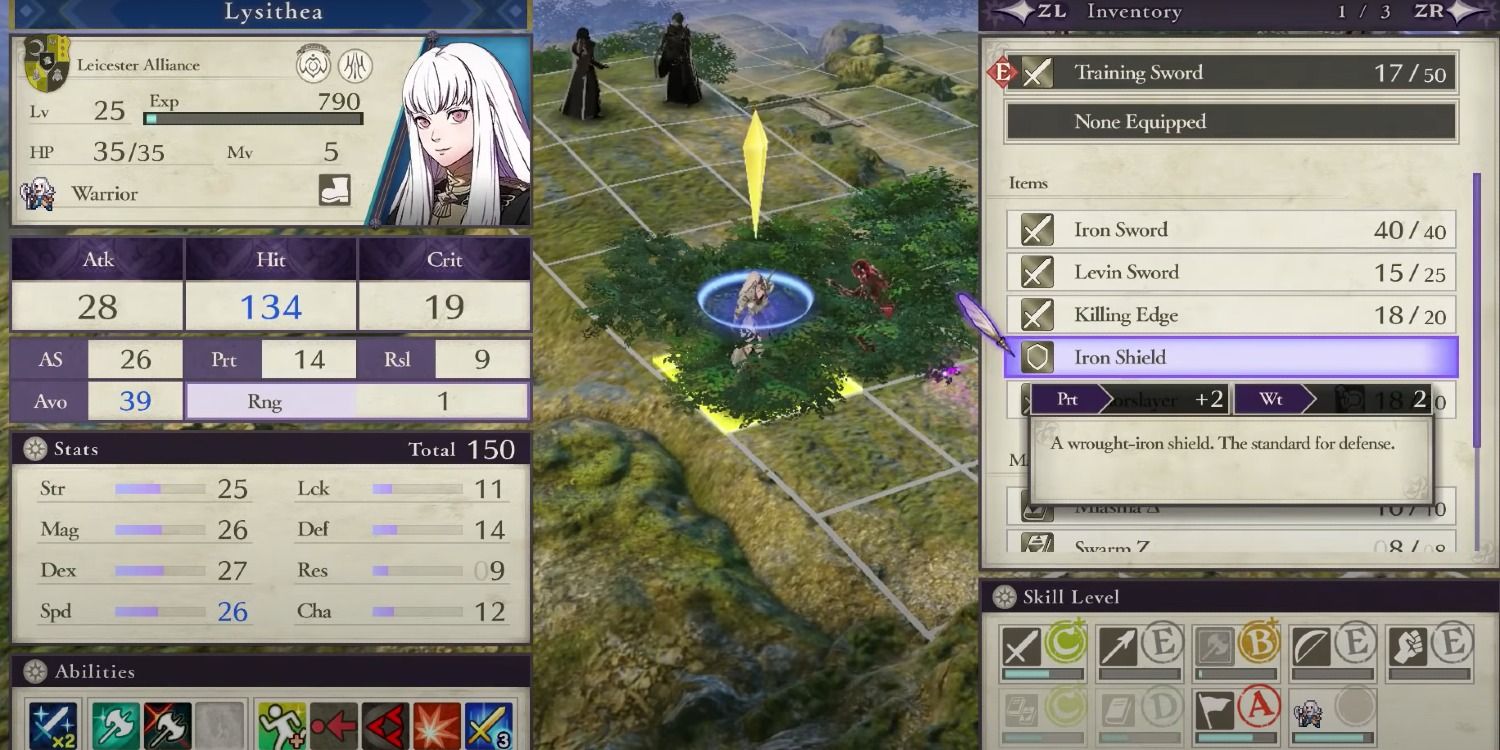
As the latest entry in the series, Fire Emblem: Three Houses has built off of the combat of every game before it. The newly evolved combat is streamlined for speed and accuracy, so the player is able to keep track of everything they need to win a battle. The only issue with this, is new players may not totally understand all these tools or how to use them.
The controls of the camera require players to use shoulder buttons and face buttons at the same time, while also not always moving in the exact way it's supposed to. For newcomers, they must work on controlling their characters with the interface in mind. Sometimes an enemy can hide behind a tree, throwing a wrench in the strategy of the player, so it's crucial to have an understanding of what's happening on screen.
Combat Strengths and Weaknesses
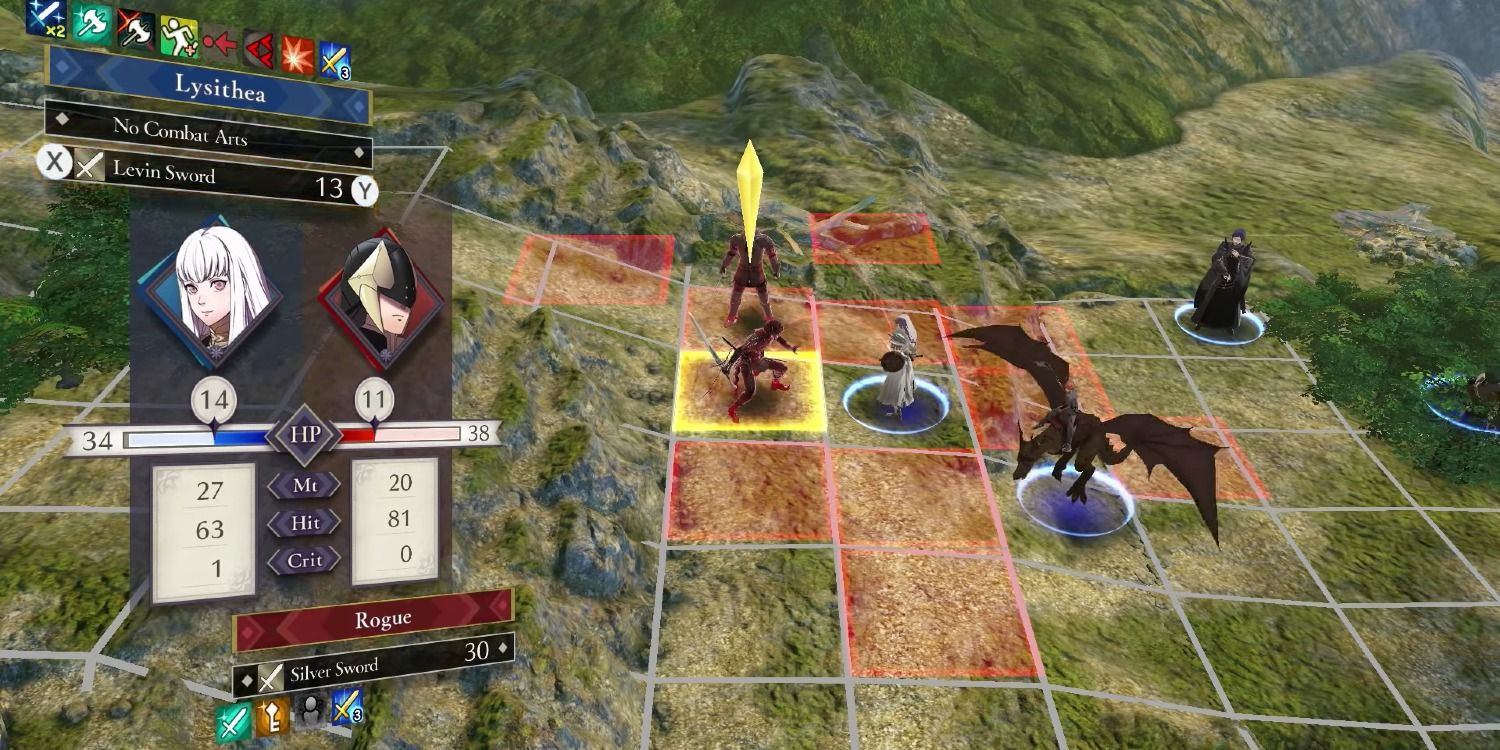
Fire Emblem is a game about using the strengths of units against the weaknesses of enemies, while also protecting the player's weaknesses. This is most evident in the game's class system. Each class is strong against a certain weapon, enemy, or their strength comes from their ability to maneuver around the environment.
All this can be a lot for a new player to remember since this installment in the series has more unit types, and variety between them all than any other Fire Emblem game. Since Nintendo got rid of the weapon triangle, the combat strengths and weaknesses got a little harder to keep track of. The system used to work more like rock paper scissors, but now it's more realistic, leaving the player with more stats to be aware of.
Class Mastery
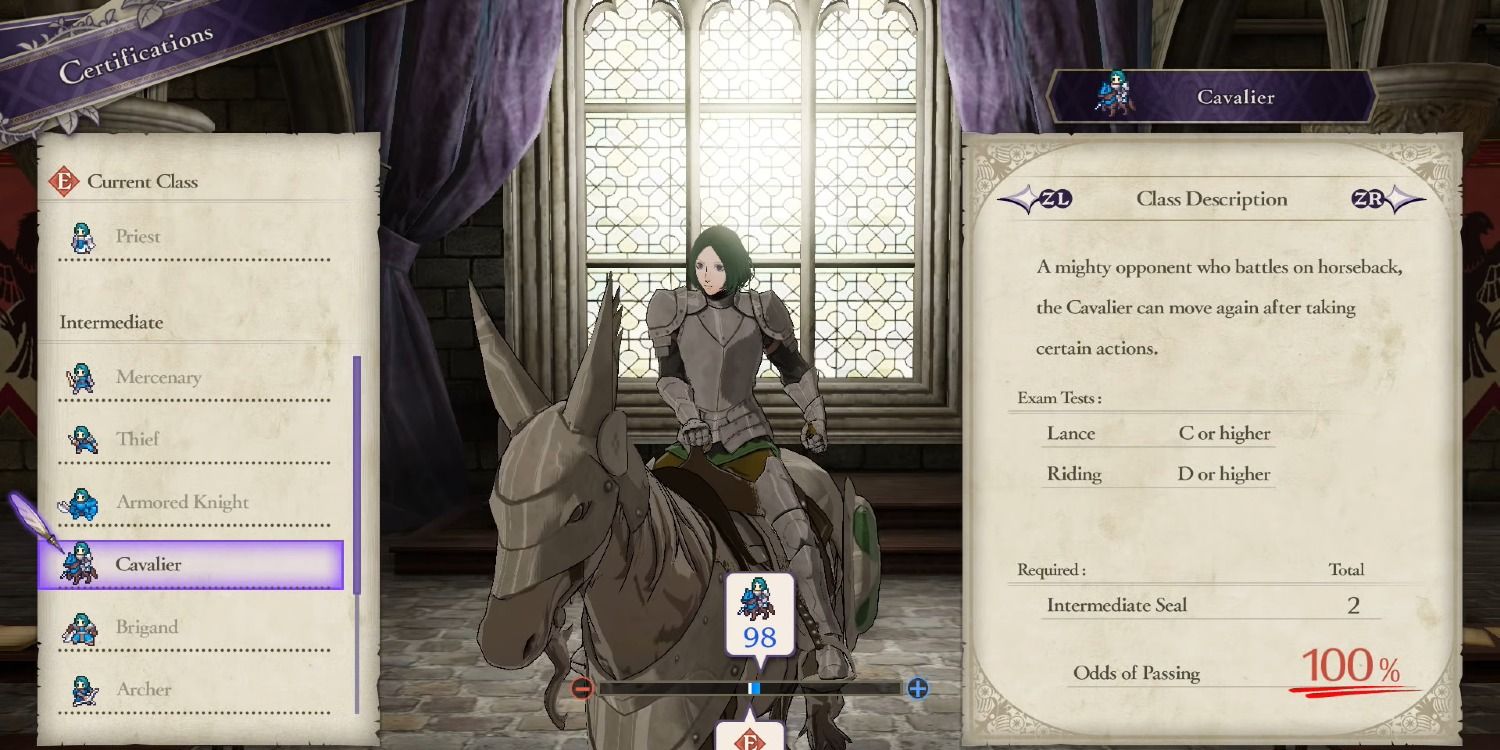
One of the biggest staples of the Fire Emblem series is the classes that your characters can become in battle. Each class has its own specialty for combat and/or development so the player has to remember these factors when using them. As the game progresses, so do the classes, which evolve into stronger, more specialized versions of themselves.
For example the archer class can evolve if the player focuses on riding skills. The archer would then be able to ride a horse and move longer distances during battle. The classes become more and more complex as they evolve but they can also stay simple if the player wants. Many ending classes are just stronger versions of the starter classes so new players generally go for these.
Divine Pulse Reliance
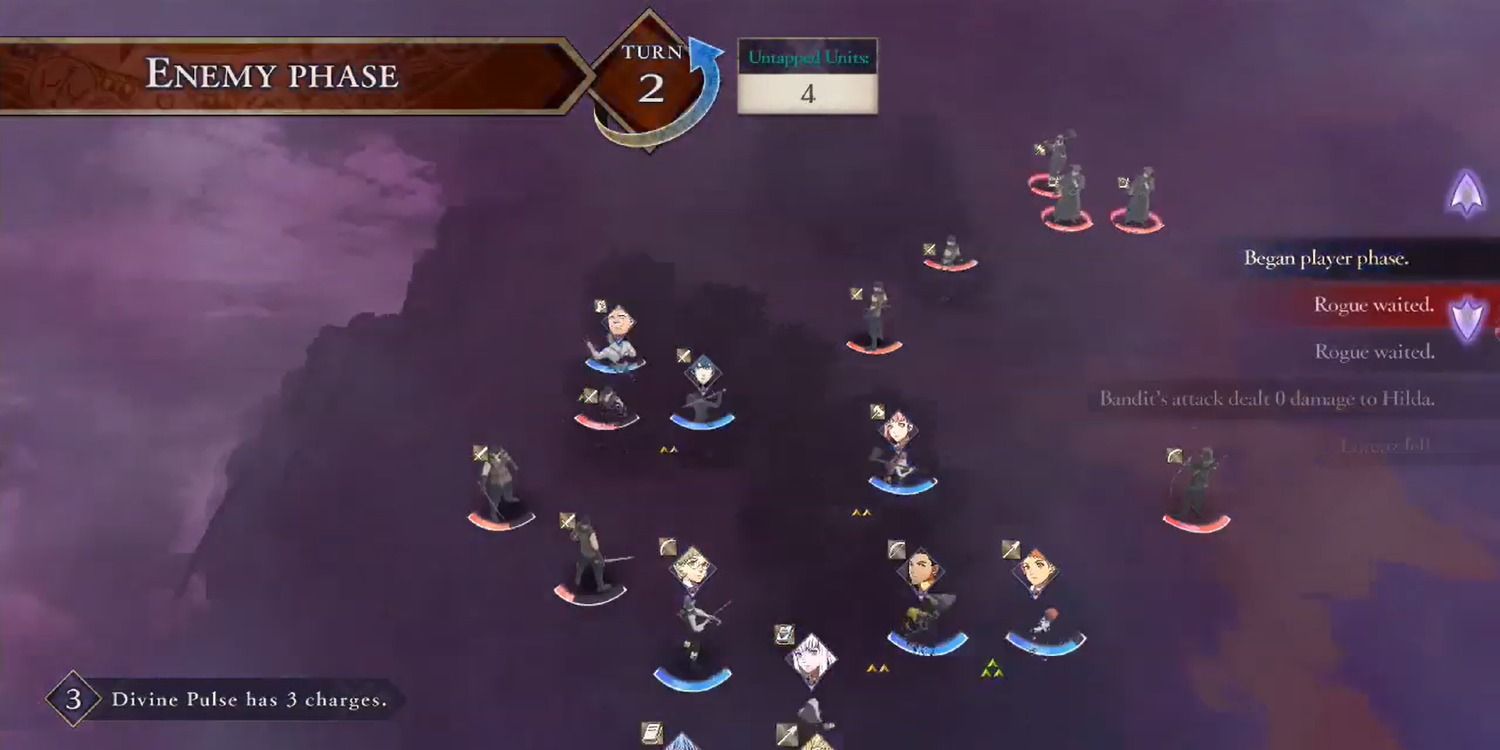
Divine Pulse is one of the newer mechanics introduced in this game. Divine Pulse allows the player to rewind a turn to fix a mistake or change a decision in battle. While it exists to make things easier, it can also trip a new player up. A lot of new players use up their limited uses of Divine Pulse and become reliant on them.
Luckily, players can earn experience to upgrade their Divine Pulse, so they get more uses during battle. It's a mechanic that players need to use sparingly if they want to succeed in Fire Emblem.
Inventory System

Another staple of the Fire Emblem series is the inventory system. Characters can only take a certain number of weapons, healing items, and equipment into battle and this can decide how they're played. Each weapon can only dish out a certain amount of hits before it dulls and becomes too weak for use. On top of that, players can carry potions that also have limited uses, which don't reset.
This means it's imperative to check inventory before every major battle because it could make or break an entire fight. The safest thing to do is make sure each weapon is amply repaired, and that healing items have at least two uses each. Doing this will help the player avoid sticky situations and hard decisions, like who to attack with. That peace of mind goes a long way in these tense battles.
Character Relationships
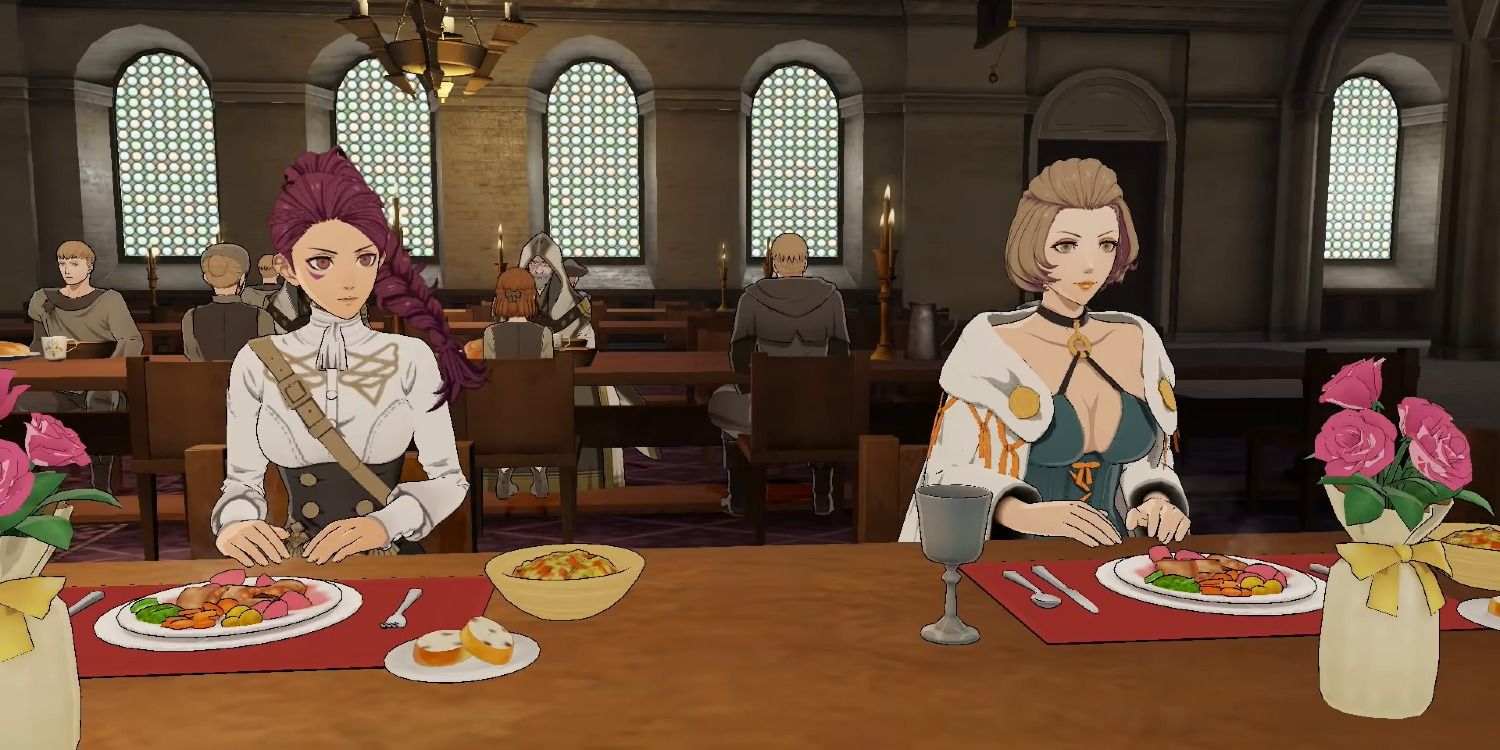
Fire Emblem's characters can interact with the player and each other, strengthening bonds. As those bonds get better, those two characters work better as a team in battle, so it's well worth it to talk to them. New players don't always realize how important this is.
To get the most out of each relationship, players should talk to anyone they're interested in, after each main mission. Finding everyone in the large monastery is difficult, but once players get used to the layout, it doesn't take too long. Players can even recruit characters from other houses if they interact with them enough, so be sure to look for them too.
Gifts And Lost Items
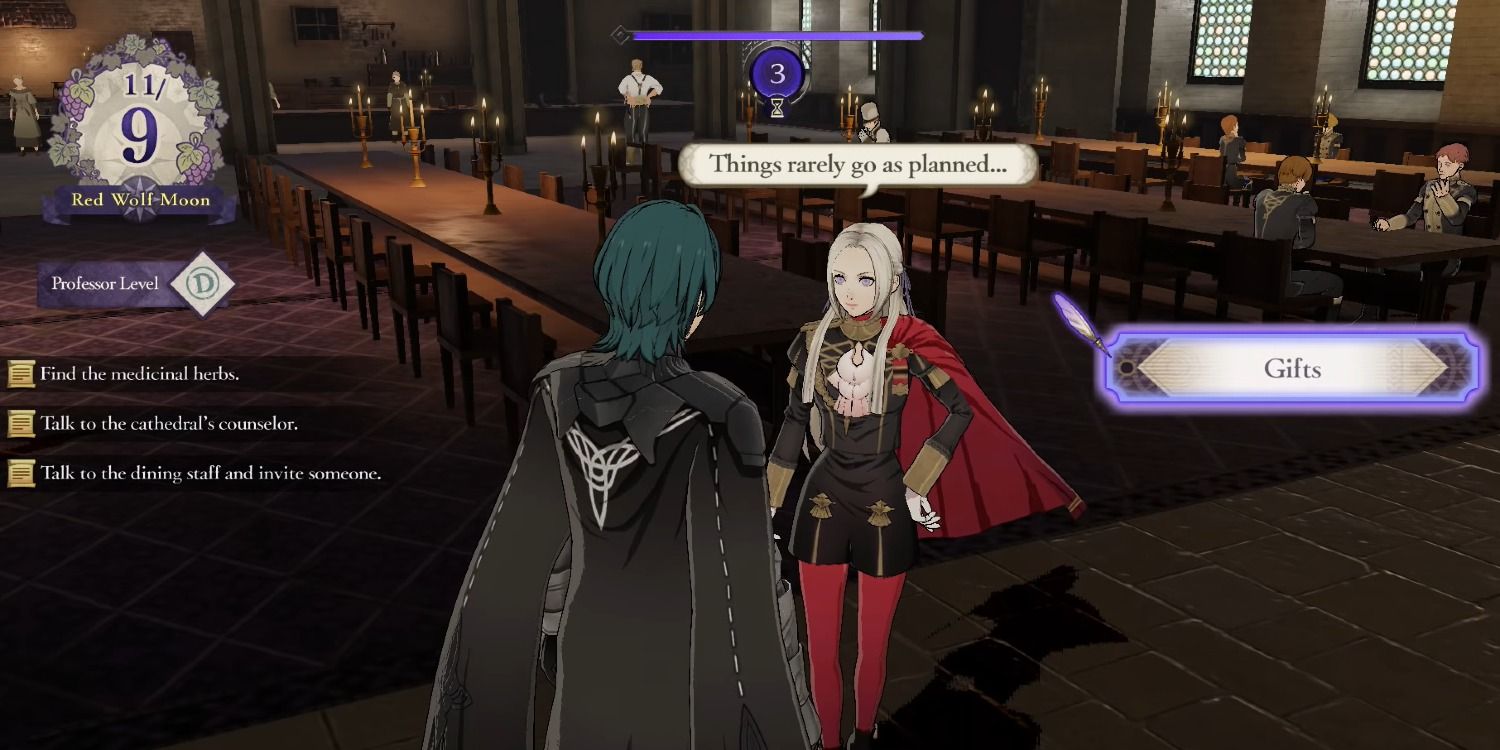
Aside from battle, players can develop relationships with their cast by giving presents and finding their lost items. Each character likes certain gifts based on their personality, so they need to be paired with their perfect items to maximize the relationship. Lost Items are similar in that players will find random items in the monastery and must pair them to characters based on their tastes.
The challenge here is remembering every characters personality traits. It gets easier with time but is difficult at the beginning of the game because there're dozens of character relationships to keep track of. The best way to do this is try to focus on the most interesting characters at the start. As players get the hang of befriending students, they will be able to distinguish key personality points between them.
Battalions
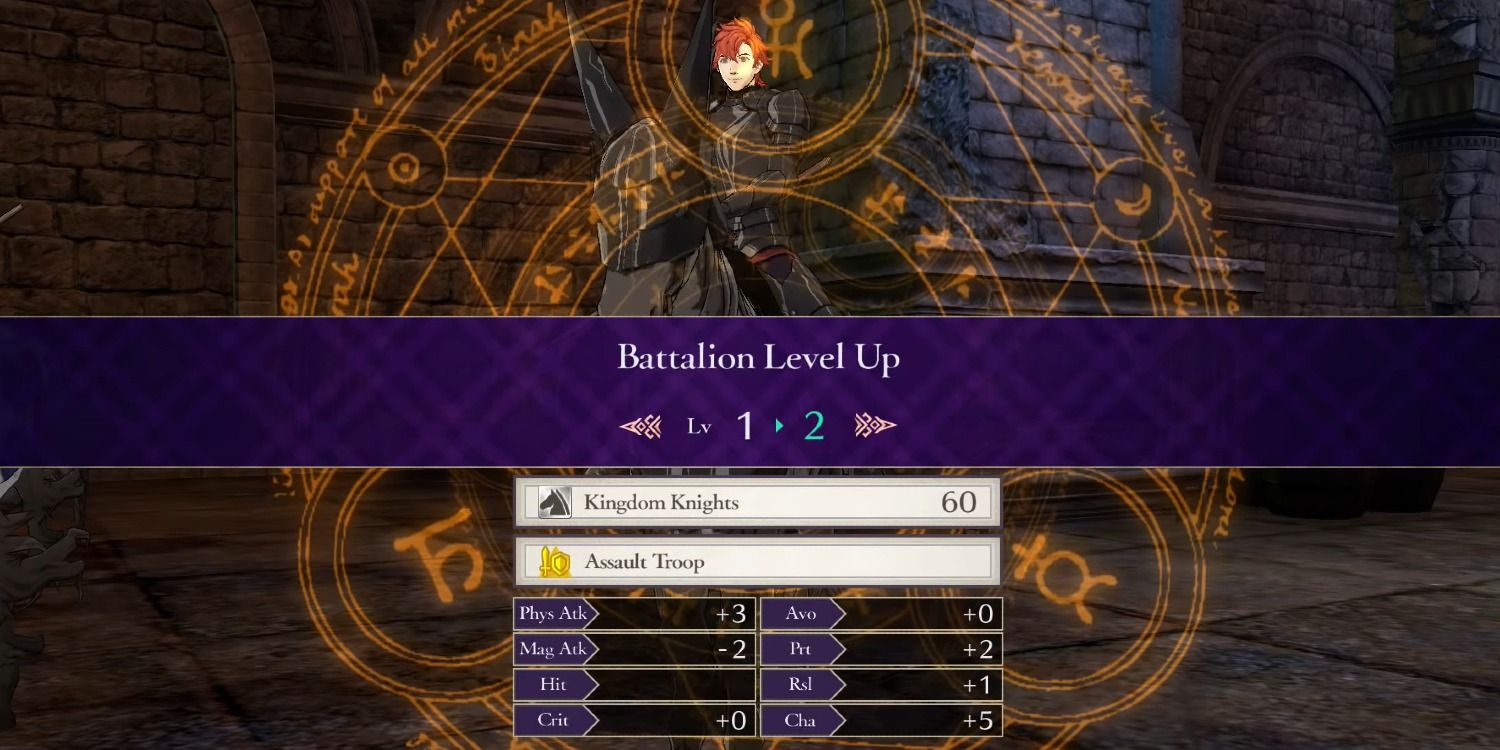
As another new system brought into the franchise, battalions offer a whole list of challenges and opportunity alike. Battalions are essentially extra skills used in battle that scale with a character's leadership capabilities. They can grant buffs, heal damage, or attack with an area of effect, damaging multiple enemies.
The game doesn't explain the capabilities of battalions well so most players discard them as an unnecessary system. The truth is that battalions will come in handy for every player at some point so it's best to pay attention to them. This includes developing them and checking in at the monastery for new ones.
Casual Vs. Classic
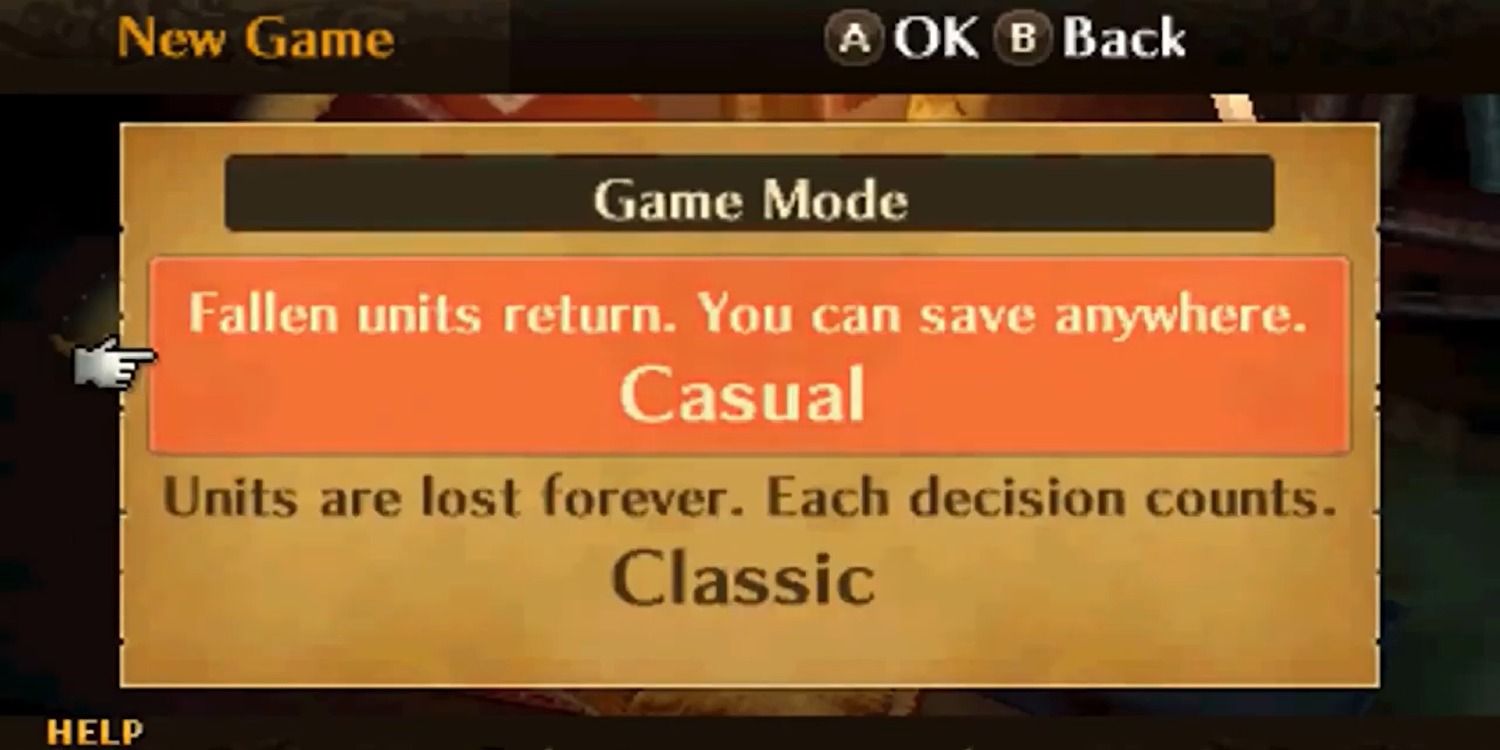
For newer players, Fire Emblem: Three Houses offers a lot of aid for new players including casual mode. Casual mode essentially puts a spin on normal Fire Emblem game play so that characters who die in battle stay playable after that fight. Classic mode of Fire Emblem is all about preserving the lives of characters so they can make it to the next day and grow.
That extra layer of stress can make battles in Three Houses frustrating, but that doesn't mean new players shouldn't experience it. Classic mode is how the game is meant to be played so new players can still get into it. With divine pulse and lots of stages to grind levels, classic mode has never been more accessible.

